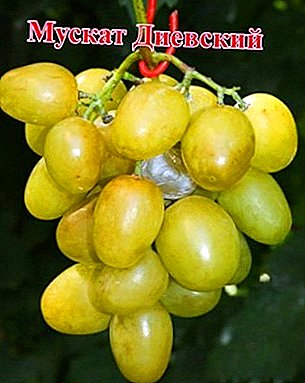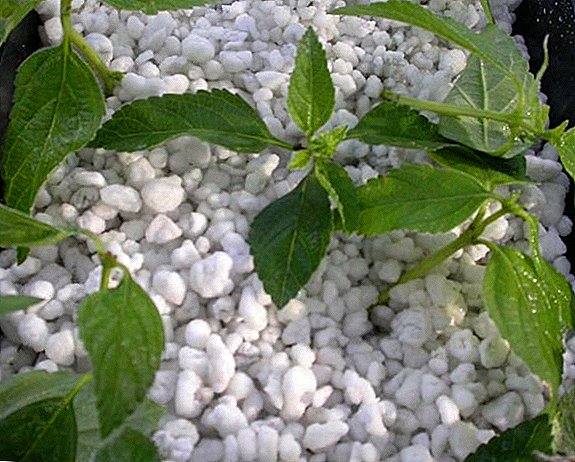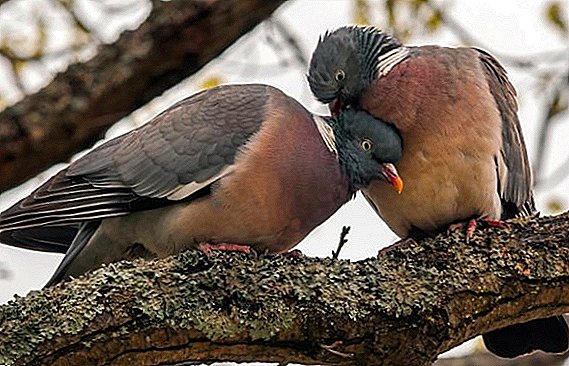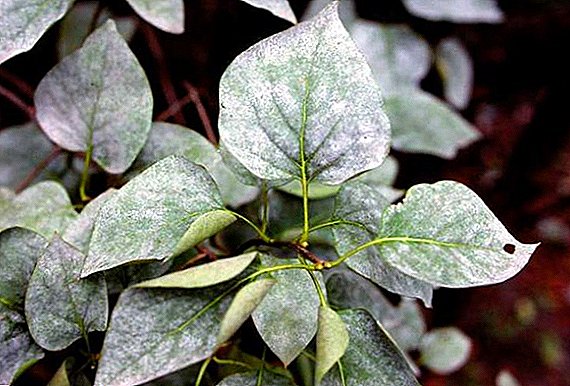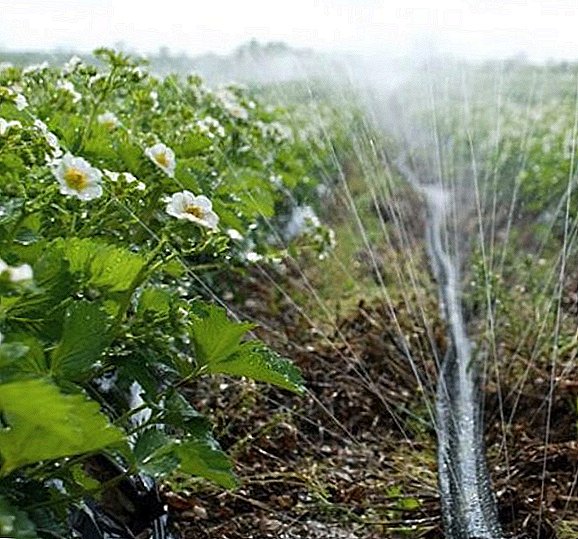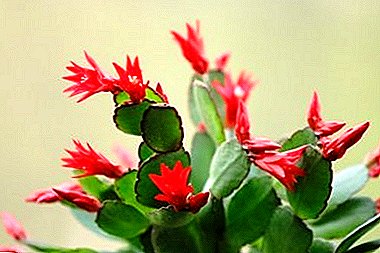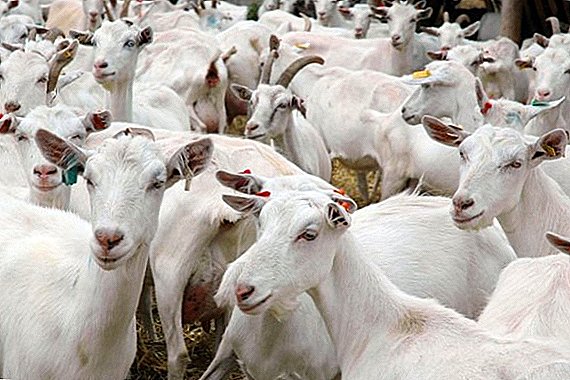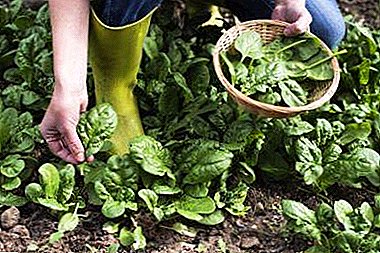
Spinach is a healthy plant, rich in minerals and vitamins. Many gardeners happy to grow it on their sites.
This unpretentious annual plant does not require complex care and grows well both in open ground and in greenhouses.
It can be grown both in separate beds, and transplanted to other vegetable crops between rows, with which it gets along perfectly. This allows not only rational use of the land, but also increase yields.
Select neighbors for plants
Today, the joint cultivation of various vegetable crops is gaining momentum.
Spinach releases nutrients into the soil, which strengthens the root system of other plants, which favorably affects their growth and yield.
With mixed cultivation, it acts as a natural barrier between plants of the same species, thereby reducing the spread of pests. Also, compacted planting reduces the growth of weeds and prevents desiccation of the soil. This plant provides moisture and porosity of the soil.
As when grown in separate beds, and when mixed plantings with other vegetables The following planting parameters must be kept in relation to spinach.:
- The depth of the groove, into which seeds are sown, is made up to two centimeters deep.
- The distance between the plants in the row should be 6-10 cm, and the distance between the two rows - 20-30 cm.
The plant grows quickly, so after it is cut, enough space is made available for the growth and ripening of other vegetables. Next, we’ll tell you about the number with which the spinach grows best on one bed and what parameters should be taken into account when growing together.
 Potatoes.
Potatoes.It is recommended to make a bed with a width of 90-100 cm, on which two rows of potatoes are planted, keeping a distance of half a meter between them. Spinach is planted between the rows and along the edges of the garden at a distance of 15 cm from the potato.
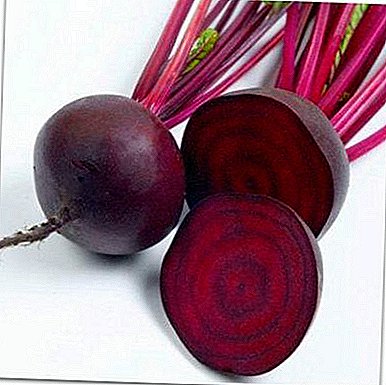 Beet.
Beet.Spinach ripens much faster than beets, and after cutting, you can sow it again. Three rows of beets are planted in the middle of a bed 90–100 cm in the middle, and verdure is placed at the edges of the garden at a distance of 15 cm.
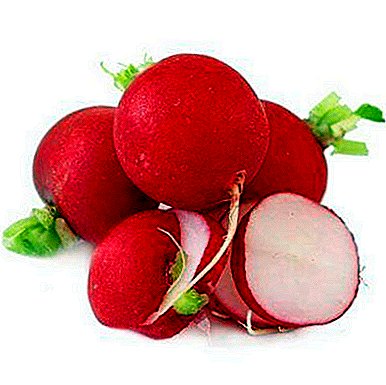 Radish.
Radish.Radish loves moist soil, and the neighborhood with spinach provides this condition. Spinach ripens faster than radish. Therefore, it will protect the soil under the young radish from drying out. It is recommended to plant two or three rows of radish at a distance of 10-15 cm from each other, and at the edges at a distance of 20 cm to plant spinach.
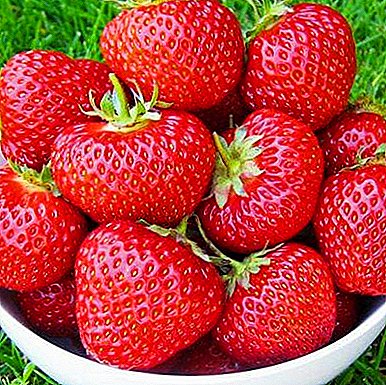 Strawberry.
Strawberry.Spinach is unpretentious to the soil and does not impoverish it, and also has no common pests with strawberries. It provides the strawberry shading needed for it in regions with hot climates.
The scheme of joint planting of these plants is as follows: the distance between the rows of strawberries is kept 50-70 cm, spinach is planted in the middle row.
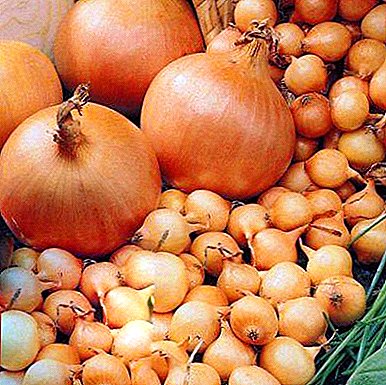 Bow.
Bow.Onions perfectly adjacent to spinach. You can land onions at a distance of 30 cm from each other. Alternate the spinach planting in the aisle through two rows of onions. An interesting option with carrots, then planting plants in the garden alternates as follows: onion-green-carrot-green-onion.
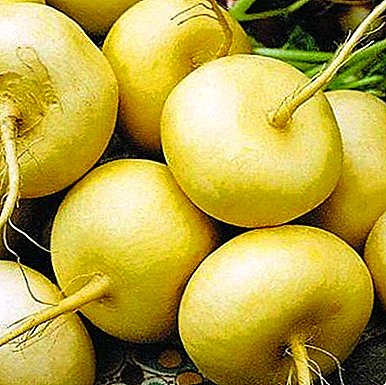 Turnip.
Turnip.Turnip and spinach get along well next. A turnip is planted in compliance with the distance between the rows of 25-30 cm. Spinach is sown in the aisle. After the emergence of shoots, it is removed after 25-30 days, and turnip maturation is necessary up to ninety days. Therefore, after harvesting spinach, turnip gets enough room to grow.
 Cabbage.
Cabbage.Often, spinach is planted next to cabbage, which has a longer ripening period. Observe the distance between the rows of cabbage 80 cm, spinach is planted in the middle row.
What cultures are undesirable to plant near?
Now you know what you can plant a plant with, however, there are a number of vegetable crops that should be avoided near or increased the distance between them. What is next to better not plant a plant?
 Pumpkin.
Pumpkin.Pumpkin grows very quickly, besides letting whips. A spinach is a light-loving plant, so the pumpkin will shade it and interfere with good growth. Therefore, if you decide to still plant next to the pumpkin, then do it better on the edge of the pumpkin landing site at a distance of at least 50 cm.
- Beans.
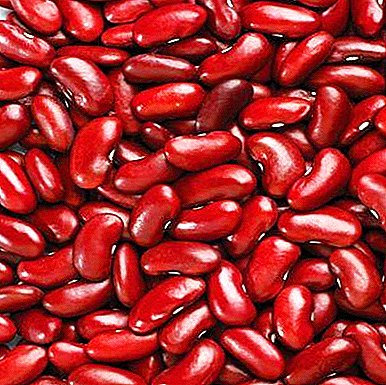 Beans grow quickly and can shade other crops, especially climbing varieties that require garters. In principle, these plants are good friends with each other, only you need to fulfill some planting conditions:
Beans grow quickly and can shade other crops, especially climbing varieties that require garters. In principle, these plants are good friends with each other, only you need to fulfill some planting conditions:- Use for mixed planting bush varieties of beans.
- The distance between the rows of beans must be at least 50 cm.
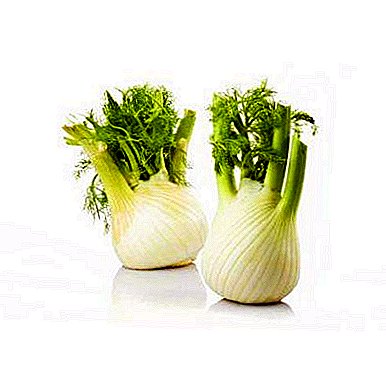 Fennel.
Fennel.But the neighborhood with fennel for spinach is completely undesirable. Fennel inhibits the growth of many plants. Therefore, a good harvest of the latter in such a neighborhood you will not get. These plants are best planted as far as possible from each other.
What is best to grow before and why?
 Spinach loves fertilized soil, but it is impossible to do this with the use of organic matter in the year of planting due to the high content of pathogenic microbes in organic fertilizers. Therefore, it is good to plant it on the beds, which were grown last year:
Spinach loves fertilized soil, but it is impossible to do this with the use of organic matter in the year of planting due to the high content of pathogenic microbes in organic fertilizers. Therefore, it is good to plant it on the beds, which were grown last year:
- cucumbers;
- tomatoes;
- potatoes;
- cabbage.
The soil after these crops becomes loose and rich in organic matter and is perfect for salad.
What is best to plant after and why?
Spinach quickly matures and saturates the soil with substances that contribute to the development of the root system, including the tuber.
therefore after harvesting on the beds you can plant thermophilic vegetablesthat are planted in the summer:
- pepper;
- tomatoes;
- zucchini;
- cucumbers.
Also after the spinach will be good to grow radishes, Jerusalem artichoke, radish.
Growing spinach is a simple affair, so feel free to plant it on your plot in combination with other vegetables. Integrated landings increase land use efficiency and yield a good harvest.


 Potatoes.
Potatoes. Beet.
Beet. Radish.
Radish. Strawberry.
Strawberry. Bow.
Bow. Turnip.
Turnip. Cabbage.
Cabbage. Pumpkin.
Pumpkin. Beans grow quickly and can shade other crops, especially climbing varieties that require garters. In principle, these plants are good friends with each other, only you need to fulfill some planting conditions:
Beans grow quickly and can shade other crops, especially climbing varieties that require garters. In principle, these plants are good friends with each other, only you need to fulfill some planting conditions: Fennel.
Fennel.

